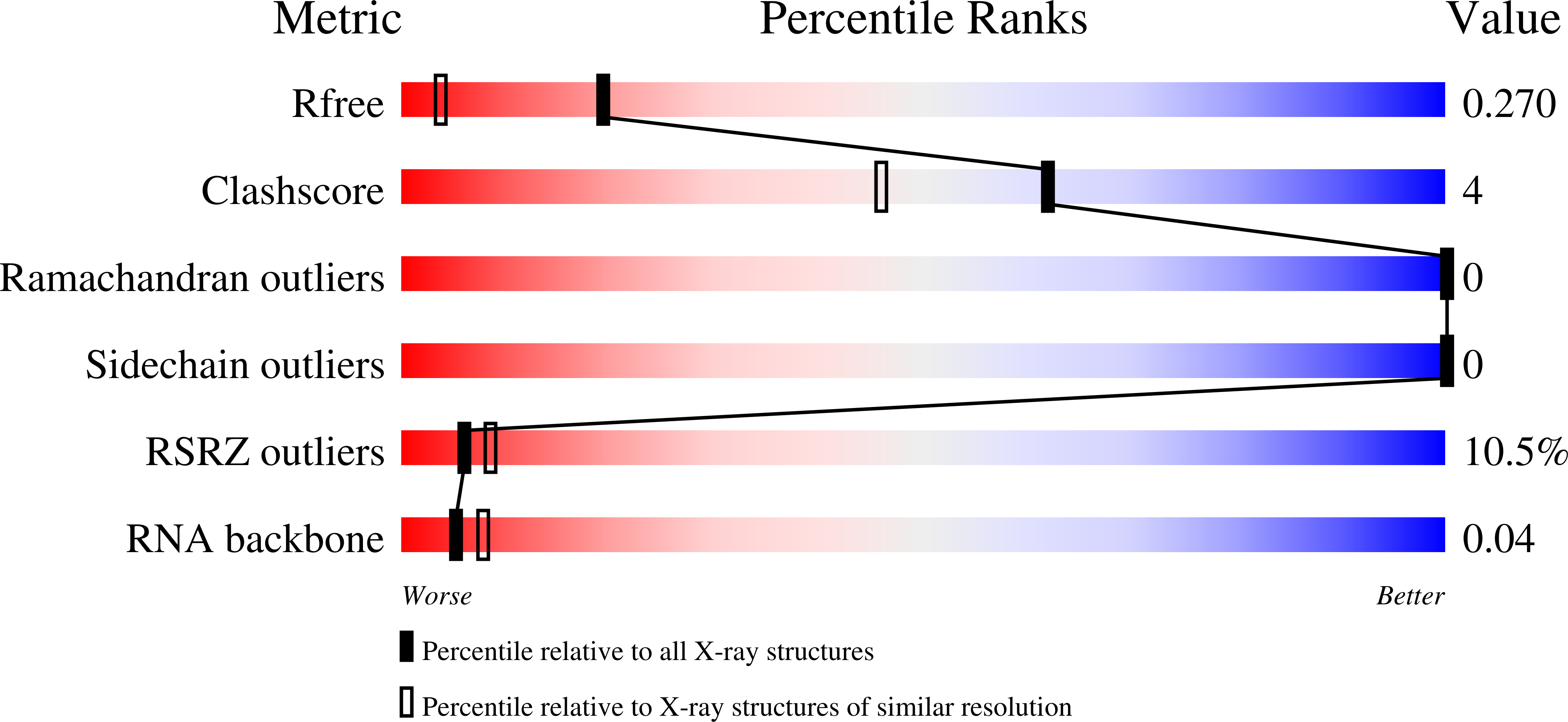
Deposition Date
2023-09-13
Release Date
2024-08-07
Last Version Date
2025-02-26
Entry Detail
PDB ID:
8QJK
Keywords:
Title:
Structure of the cytoplasmic domain of csx23 from Vibrio cholera in complex with cyclic tetra-adenylate (cA4)
Biological Source:
Source Organism:
Vibrio cholerae (Taxon ID: 666)
synthetic construct (Taxon ID: 32630)
synthetic construct (Taxon ID: 32630)
Host Organism:
Method Details:
Experimental Method:
Resolution:
1.76 Å
R-Value Free:
0.27
R-Value Work:
0.24
Space Group:
I 4


